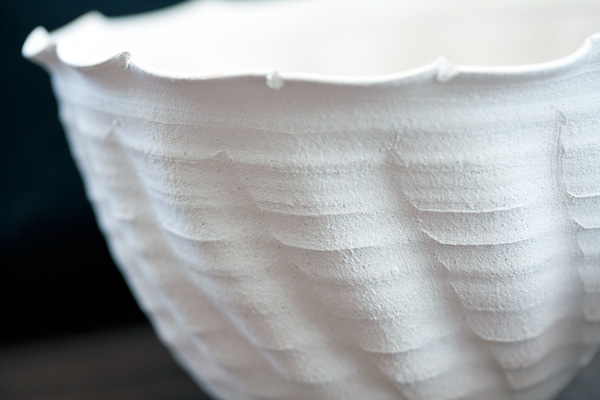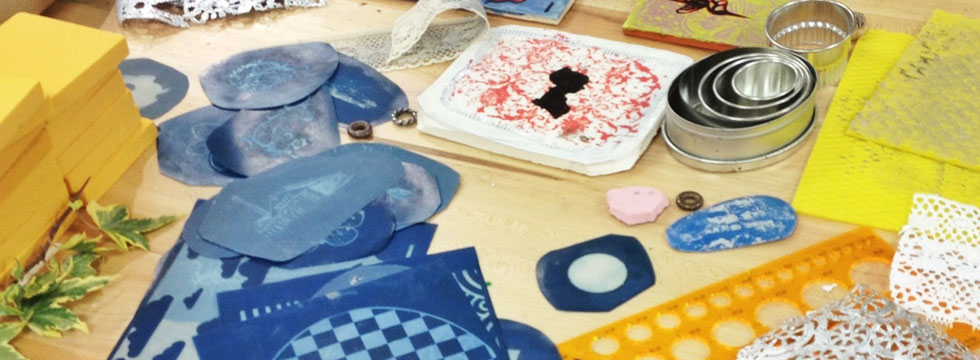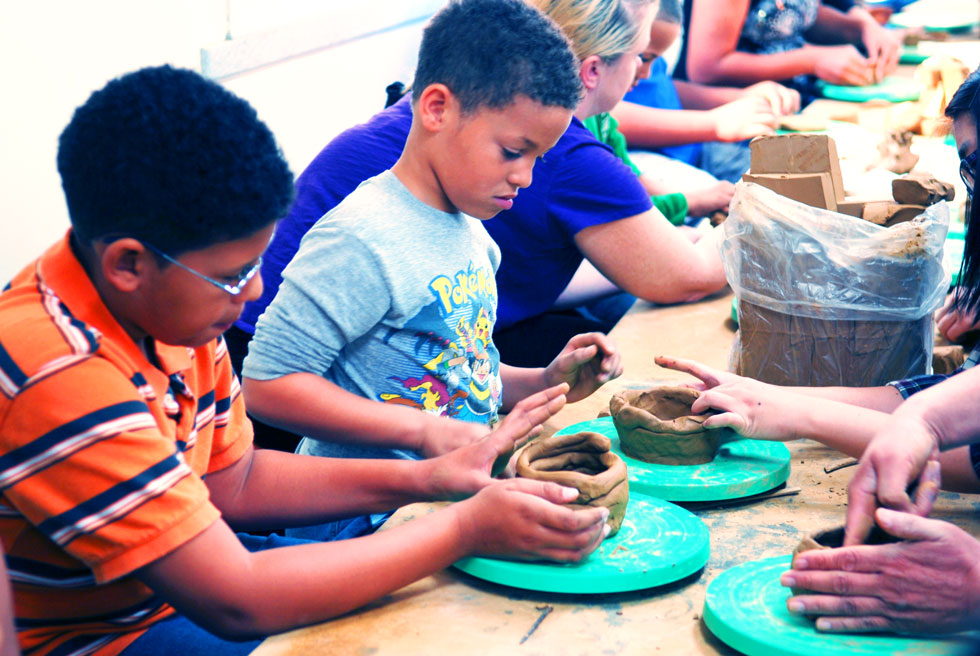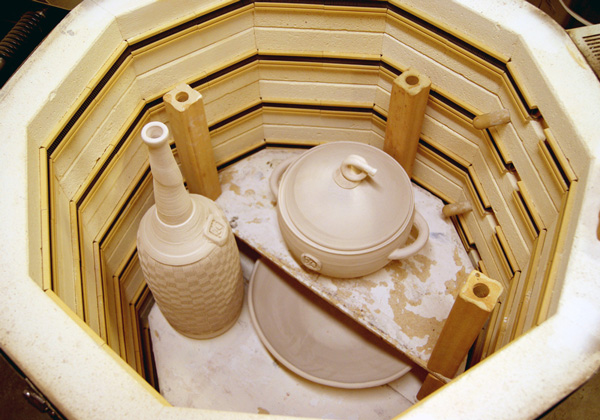Maximizing food safety: matching clay to glazes
As long as your clay has a higher firing range than the glaze, any food safe glaze will work on functional pottery, right?
Well, not quite.
Not matching your clay and glaze can causes problems such as crazing. Crazing is cracking on the glaze surface because of an improper “fit” between the clay and the glaze. When the clay and the glaze shrink at different rates, visible or microscopic cracks can appear. Bacteria can penetrate these gaps and flourish beneath the surface.
On the other hand, if you are not making ceramic pieces to be used for serving food, you are free to use higher firing clays with low fire glaze. Keep in mind that cone 10 clays that are fired at a lower temperature than their vitrification point will not be as strong as low fire clays fired at 03-06. Because the high fire clay is furthest away from its maturing point, it will be more likely to chip or break after firing.
But getting back to the fit issue – glazes are designed to match with one of the three main firing ranges. Glazes and clays contain chemicals that melt, shrink, and expand at different rates. To ensure no compromised surfaces on a fired piece, ceramicists or ceramic engineers have developed glazes and clays to match each other. Because no one wants a bowl with glaze shards flaking off into their food. Or a an earthenware coffee mug with crazing that over time harbors bacteria and mold from the liquids drunk from it.
How can one prevent glaze fit issues?
Use the appropriate clay for your glaze. If you buy earthenware clay, use earthenware glaze. Ask your clay suppliers or instructor to help you match the glazes and clay correctly.
Always test new glazes on your clay bodies and vice versa. Especially if it’s a new recipe you mixed or a commercial glaze. Before selling or giving away pieces made with new a combination, use them at home but keep an eye on any changes in the glaze surface. Test the microwave and dishwasher safety. Often artists will after some daily “abuse” of the piece, see if any surface flaws show up by putting a staining food like pasta sauce or coffee in the piece.
Glaze fit is one aspect of glaze safety. We will definitely be exploring other considerations later. In the meantime, be safe with your functional ware and match up your clay and glaze!
 ClayGeek Clay — it's what we do.
ClayGeek Clay — it's what we do.



